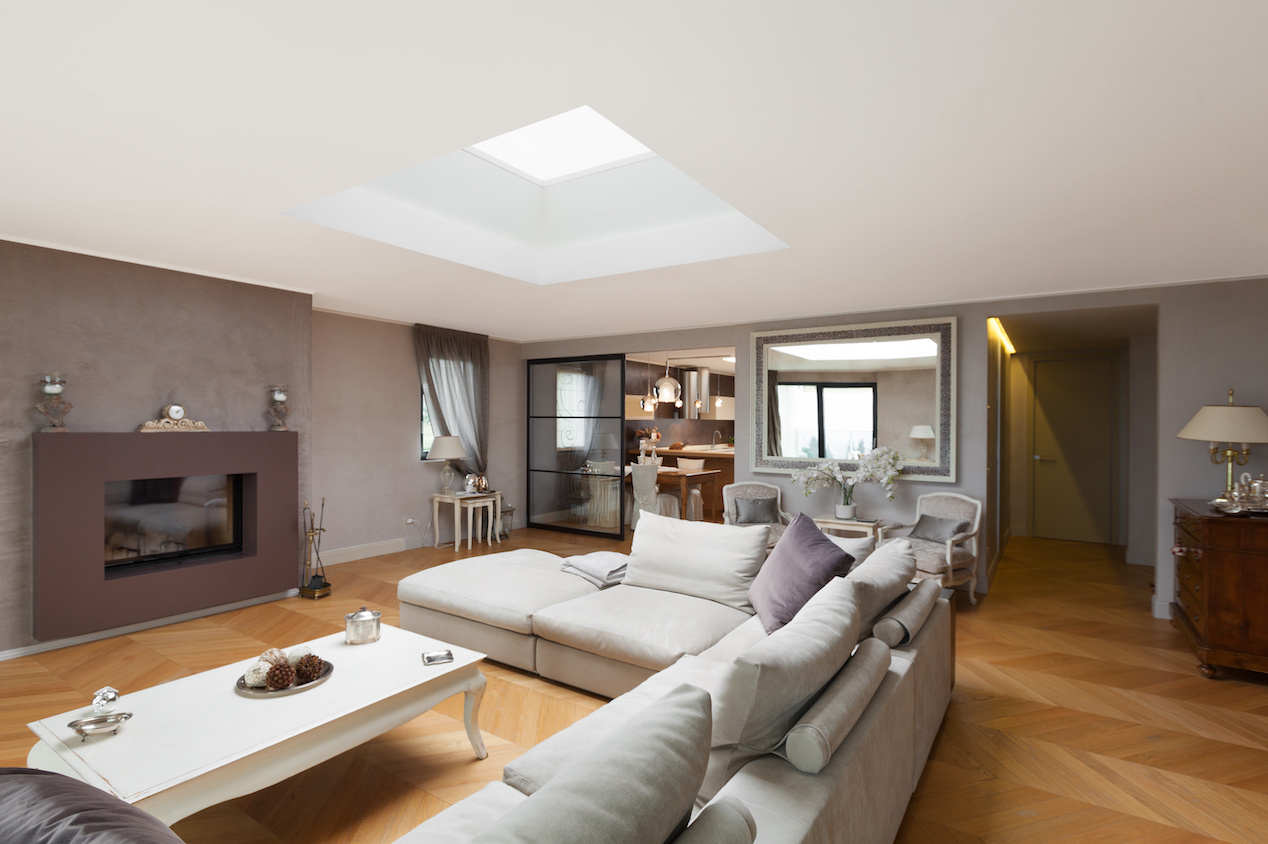
alexandre zveiger / Adobe Stock
When choosing options to let more light into your home, sun tunnels and skylights provide the opportunity without requiring extensive renovations. However, there are a few differences between the two. While skylights open to the outside and function much like windows, sun tunnels don’t open and are shaped like tubes, with a smaller round window on the roof to let light in.
On This Page:
- What’s the Difference Between Sun Tunnels and Skylights?
- Sun Tunnels vs. Skylights: Which Is Better?
- Appearance
- Climate
- Cost
- Environmental Friendliness
- Installation/DIY
- Maintenance
- Moisture-Resistance
- Resale Value
- UV-Resistance
- Sun Tunnels vs. Skylights: Which Is Best for Your Home?
What’s the Difference Between Sun Tunnels and Skylights?
Skylights and sun tunnels both bring more light into your home. But some fundamental design differences separate the two.
Sun Tunnels
Sun tunnels are also known as tubular skylights or sun tubes. They allow in light but don’t provide any ventilation into the home since they can’t be opened. Architecturally, they’re easy to install and often used as energy-efficient lighting solutions in newer buildings.
Skylights
Skylights are windows that are on your roof instead of the walls. They provide light and open to the outside to allow ventilation and airflow.
Find a Roofing Pro Near YouSun Tunnels vs. Skylights: Which Is Better?
Skylights and sun tunnels are popular options to let more light into a home. Let’s take a look at which one might be best for your needs.
Appearance
Most Low Profile: Sun Tunnels
Sun tunnels look like a standard light fixture, while skylights open up a room more by giving a larger view of the sky. The choice between the two comes down to preference and what your intent is for the fixture.
Sun Tunnels
| Pros | Cons |
|
|
Skylights
| Pros | Cons |
|
|
Climate
Best for All Climates: Tie
You can use skylights and sun tunnels in all climates. For both fixtures, the materials used are more important in extreme climates than the actual fixture itself. Glass is better for areas experiencing very high and low temperature fluctuations since acrylic can crack under those circumstances. Homeowners living in areas prone to hurricanes or tornadoes may want to consider polycarbonate for their sun tunnel or skylight as it’s a tough material that’ll resist breakage.
Cost
Most Affordable: Sun Tunnels
While skylights offer more light and open to the outside, they’re also more expensive to install than sun tunnels. However, if you’re looking for lots of light and ventilation, the investment in a skylight is worth it.
Skylight
Cost to install a skylight: $960–$2,400
Factors that influence cost:
- Amount of carpentry work
- Size of skylight
- Vented vs. fixed
- Sealant installation to prevent leaks
Sun Tunnel
Cost to install a sun tunnel: $450–$1,300
Factors that influence cost:
- Roof pitch
- Need to go through attic space
Environmental Friendliness
Most Energy-Efficient: Sun Tunnels
Sun tunnels allow less direct sunlight into the home, making them more energy-efficient than skylights since sunlight increases air conditioner usage. Both fixtures are rated by ENERGY STAR based on several factors, including air leakage, the amount of light allowed through the window, condensation resistance, and other factors. Some fixtures may even qualify for a tax credit depending on their ENERGY STAR rating, so check with the manufacturer for the specs.&
| Skylights | Sun Tunnels |
|
|
Installation/DIY
Professional Installation: Skylight
Skylights require a large amount of precision in the installation process. Suppose you measure incorrectly or make a mistake lining up the interior and exterior openings. In that case, you may end up paying for repair work plus the expense of doing the job over again.
Weatherproofing is another big consideration. Any opening to the outside needs to be sealed carefully and thoroughly to skylight problems. Water damage can be expensive, ranging from $1,000 to $4,100 on average to remedy.
Professional installation is a prudent investment for skylights to ensure your home doesn’t get damaged in the process. If you’re interested in hiring someone for the job, find professional skylight installers near you to get quotes for your project.
Possible DIY Installation: Sun Tunnels
Sun tunnel installation is a much less complicated process and can be DIY-ed if you have the proper expertise. Since there’s cutting and sealing involved, it may be best to call in a professional if you don’t feel confident you have the skills. Water damage can happen with a sun tunnel as easily as a skylight if the sealing isn’t done correctly.
Skylights
| Pros | Cons |
|
|
Sun Tunnels
| Pros | Cons |
|
|
Maintenance
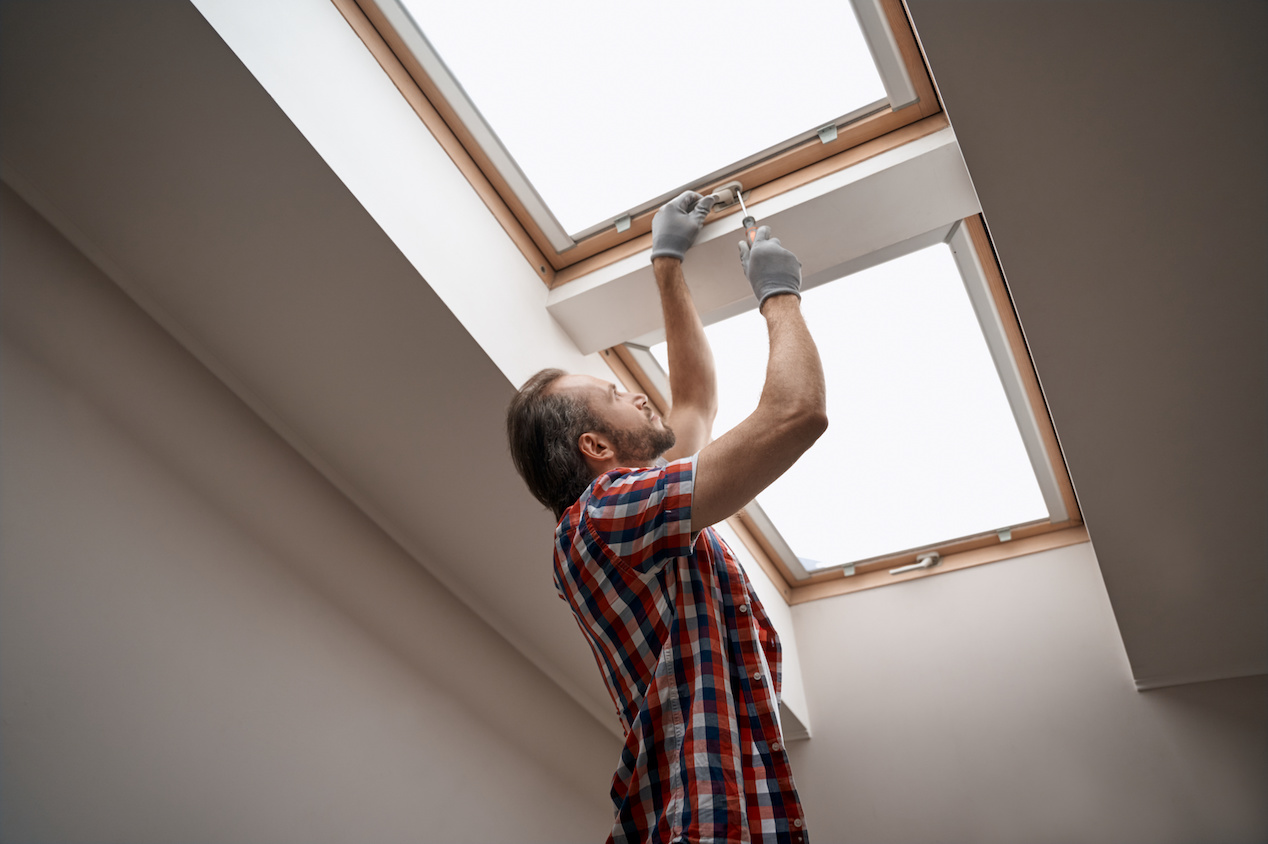
Kostiantyn / Adobe Stock
Easiest Upkeep: Tie
Most individual manufacturers have their own instructions on maintenance, and instructions may be available online or in a manual to install the fixture.
Pane
You will need to get up on a ladder for cleaning for skylights and sun tunnels. Ladders are inherently risky, so it’s best to do any ladder work when someone else is present. Clean the pane on skylights and sun tunnels with a lint-free cloth or a squeegee. Water alone should be sufficient, but you can add a bit of mild soap if there’s buildup.
Framing
Skylights and sun tunnels usually come with pre-painted framing, but some have a natural wood finish. Pay close attention to the moisture level around your fixture. The framing will likely require some retreatment with varnish or paint every few years because of exposure to the elements.
Moisture-Resistance
Most Moisture-Resistant: Sun Tunnels
Flashing, also known as sealing, skylights and sun tunnels is critical when it comes to keeping rain or snow from seeping in through the cracks around the pane. However, watch out for skylights because the moisture inside the home can end up inside the skylight. An easy fix is to run a dehumidifier if you live in a humid climate to minimize the water condensation inside the skylight.
In high humidity climates, moisture can build up inside the tube of the sun tunnel, but having the tube wrapped in insulation usually prevents this problem.
Resale Value
Highest Value: Tie
The resale value for skylights and sun tunnels is difficult to determine. While they make a big aesthetic impact on the home, some buyers view them as requiring too much upkeep. However, both skylights and sun tunnels are relatively inexpensive home upgrades compared to other renovation projects.
UV-Resistance
Most UV Protection: Sun Tunnels
Because of their domed construction and the buffer of the tube, sun tunnels are more UV ray-resistant than skylights. However, you can have a UV-resistant film applied to the pane of your skylight to prevent UV light damage.
Sun Tunnels vs. Skylights: Which Is Best for Your Home?
Choosing whether a sun tunnel or skylight is best for your home is all about what you’re looking to accomplish. If you’re wanting a little bit of extra light in a room, a sun tunnel is the best option. If you want a fixture that lets in a lot of light and you can open to allow more ventilation, go for a skylight.
Start Your Skylight Installation Project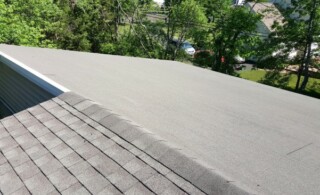 Radiant Roof Barriers: Are They Rotting Your Roof?
Radiant Roof Barriers: Are They Rotting Your Roof?  The Truth About DIY Roofing
The Truth About DIY Roofing  Roof & Attic Ventilation – Extend Your Roof’s Lifespan
Roof & Attic Ventilation – Extend Your Roof’s Lifespan 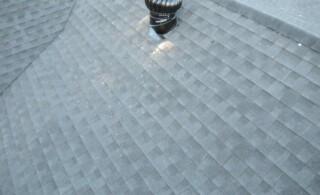 A Quick Guide to Roof Turbines
A Quick Guide to Roof Turbines 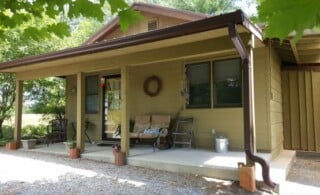 Wood Gutters: A Little Piece of History
Wood Gutters: A Little Piece of History 

Are You Familiar With This Topic? Share Your Experience.